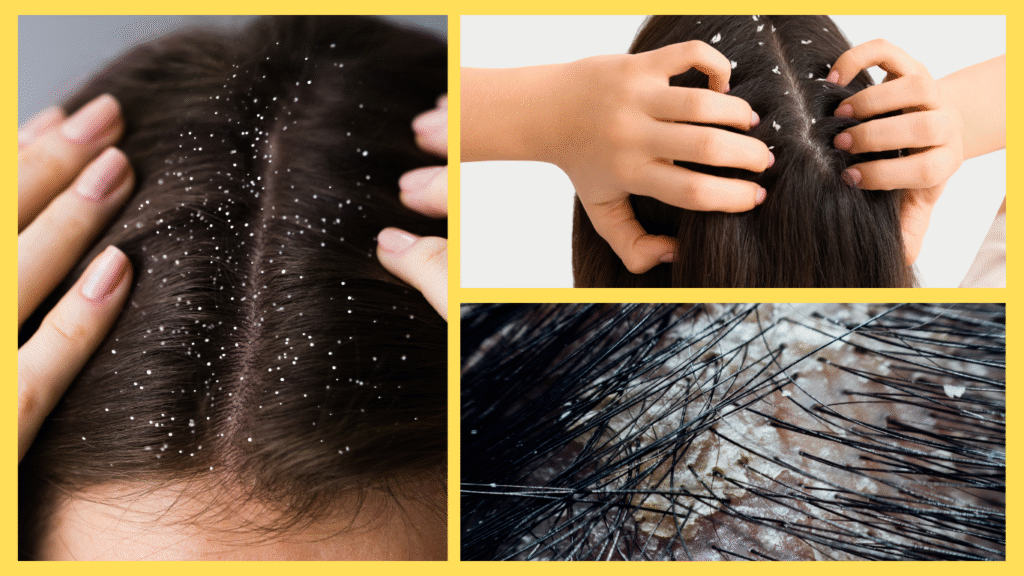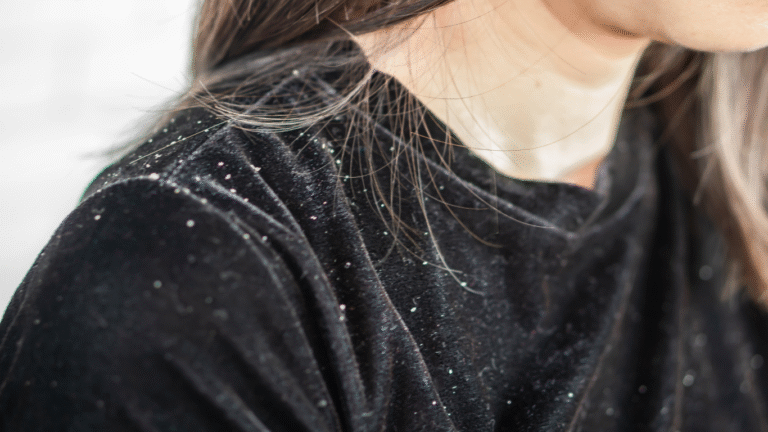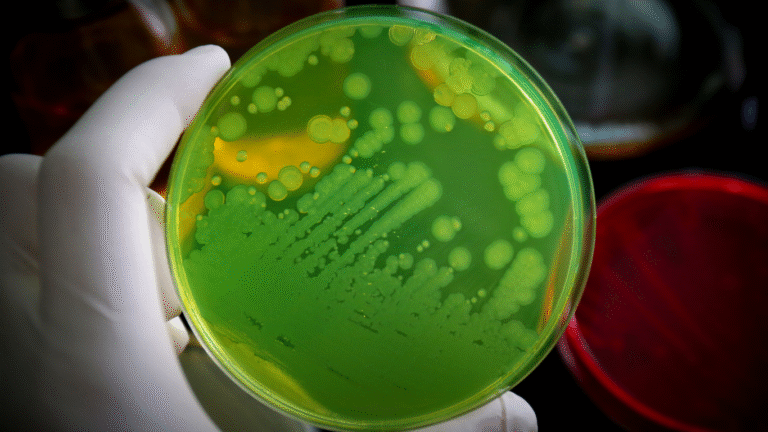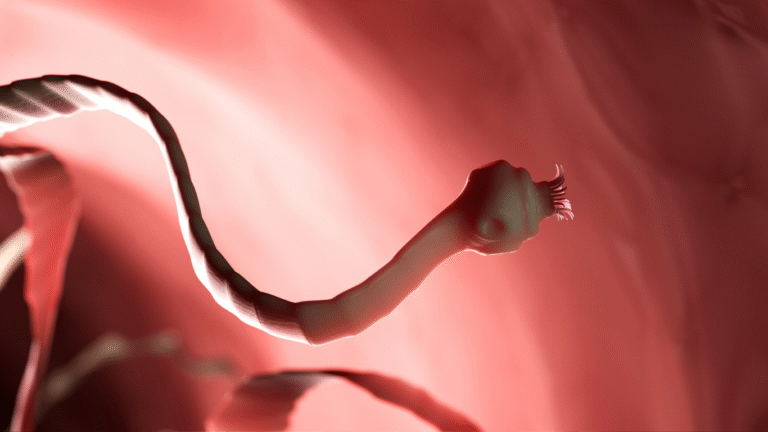Step inside the world of dandruff and discover how a tiny fungus called Malassezia lives on your scalp, why it causes flakes, and what you can do to stop it.

The day always starts warm and slightly oily up here on the human scalp. For me, this is home. My name is Malassezia, a microscopic fungus that most people don’t even know is living with them. I am not an invader from the outside. In fact, I have been here all along, feeding quietly on the natural oils, called sebum, that human skin produces. Almost everyone has me, and usually, I stay unnoticed (NIH). But sometimes, life gets more interesting. When conditions are just right—extra oil, a little stress, colder weather, or even changes in hormones—I begin to grow more quickly. The balance shifts. Suddenly, my quiet presence becomes a noticeable problem.
At first, my overgrowth seems harmless. I continue feeding on scalp oils, but my activity leaves behind byproducts that irritate the skin. The scalp reacts by speeding up the rate at which skin cells grow and shed. Normally, these cells fall off so gradually that no one sees them. However, when I stir things up, the skin sheds in clumps. Those clumps are what humans call dandruff flakes (Mayo Clinic – Causes). Meanwhile, itching often begins. The irritation I cause can trigger an inflammatory response, making the scalp red and uncomfortable. For some, the itching is mild; for others, it’s hard to resist scratching. And scratching, of course, only loosens more flakes, making my presence even more obvious.
Not everyone reacts the same way to me. Some scalps barely notice I am here, while others flare up quickly. Genetics play a role. So does age—dandruff tends to be more common in teens and adults than in children. Stress, cold weather, and not washing hair regularly can all make things worse. People with certain conditions like psoriasis or eczema may also notice dandruff more often because their skin is already sensitive (CDC – Fungal Skin Diseases). The truth is, I am not dangerous. I don’t spread from one person to another, and I don’t dig deep into the body. But I do create frustration and embarrassment. White flakes on dark clothing, constant itching during a meeting, or a red, irritated scalp in the mirror—these are the signs that I’ve made myself known.
Of course, humans don’t let me take over without a fight. Some reach for special shampoos that contain antifungal ingredients. These shampoos are my biggest challenge. Zinc pyrithione, selenium sulfide, ketoconazole—each one is designed to slow my growth or weaken my ability to feed on oils. When used regularly, they bring me back under control, and the flakes begin to disappear (Mayo Clinic – Treatments). Others fight me off by washing their hair more often, reducing the oil supply I depend on. Some even change their routines—managing stress, eating a balanced diet, and spending time in sunlight, all of which can make life harder for me.
Lifestyle plays a surprisingly big role in how noticeable I become. For instance, stress can change hormone levels and increase oil production, creating the perfect environment for me to thrive. People who work long hours, deal with anxiety, or lose sleep often find that their dandruff worsens during those stressful times. Diet is another factor—eating foods rich in sugar and processed fats may worsen inflammation in the body, making the scalp more reactive. On the other hand, a balanced diet with vitamins like zinc and B-complex can help the skin defend itself better.
Even the environment can change my behavior. Cold, dry winters strip moisture from the scalp, and many people notice more flakes during this season. Indoor heating makes things worse by drying the air further. In contrast, spending time outdoors in moderate sunlight seems to help because ultraviolet light can reduce my population slightly. However, too much sun brings its own risks, so moderation is key.
Haircare routines also matter. Washing too infrequently allows oil and dead skin to build up, giving me more to feed on. But washing too often with harsh shampoos can irritate the scalp and trigger more shedding. Finding the right balance is different for everyone. For some, shampooing every day works; for others, every two to three days is enough. Using conditioners carefully is also important—heavy, oily products can worsen dandruff, while lightweight, soothing formulas may help calm irritation.
Some humans even turn to natural remedies to fight me. Tea tree oil, for example, has antifungal properties and can be found in certain shampoos. Aloe vera is another popular choice—it soothes irritation and may reduce redness on the scalp. Coconut oil, while moisturizing, can sometimes make things worse by feeding me with more oil, so it’s not ideal for everyone. Apple cider vinegar is used by some because its acidity may make the scalp less hospitable for me, but it should always be diluted to avoid burns or irritation. While these home remedies can sometimes help mild cases, they don’t always replace the effectiveness of medicated shampoos.
Eventually, the battle ends with balance. I never truly disappear—I am part of the natural community of microbes that live on human skin. But with the right care, I shrink back into the background, no longer causing flakes or itching. My “day in the life” goes from busy and noticeable to quiet and forgotten. That’s the truth about dandruff: it’s not about eliminating me completely but about keeping me under control. When humans use antifungal shampoos, care for their scalp, and manage triggers like stress or cold weather, I fade back into my role as a hidden companion.
Dandruff may feel frustrating, but it is simply a sign of imbalance. Almost everyone has me, Malassezia, living on their skin, and for most people, I stay unnoticed. When I grow too much, the scalp reacts, leading to itching and flakes. Thankfully, humans have powerful tools to keep me in check. So the next time you notice dandruff, remember—it’s not about a dirty scalp. It’s about a tiny fungus with a big appetite, and it can be managed with the right care.
Sources




